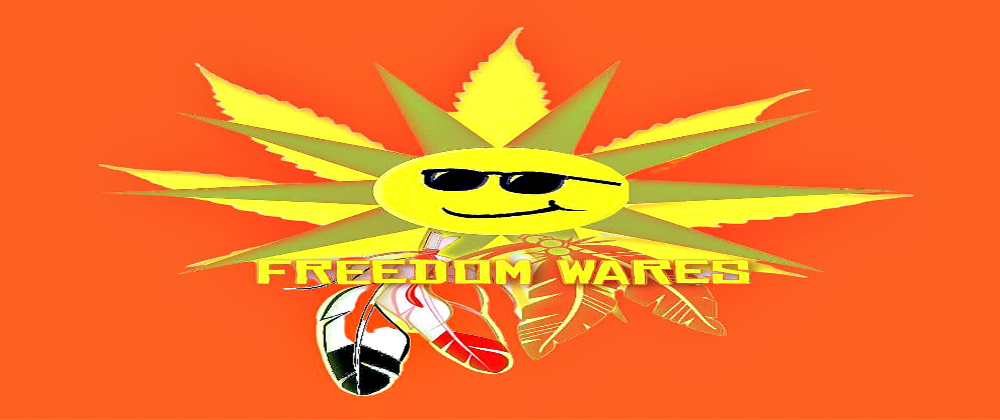- PMID: 39044312
- DOI: 10.1111/bcpt.14056
Abstract
Tea is a recommended way of administration of prescribed cannabis plant products in Denmark. We aimed to investigate the cannabinoid and terpene doses contained in different teas. We analysed tetrahydrocannabinol (THC), tetrahydrocannabinolic acid (THCA), cannabidiol (CBD), cannabidiolic acid (CBDA), and terpene concentrations in three repeated preparations of each type of tea, and in plant material. In standard tea, concentrations of THC were [median (min-max)] 9.5 (2.3-15), 19 (13-34), and 36 (26-57) μg/mL for products with a labelled content of 6.3%, 14%, and 22% total THC (THC + THCA), respectively. The CBD concentration in tea from a product labelled with 8% total CBD (CBD + CBDA) was 7.5 (1.9-10) μg/mL. Based on this, the recommended starting amount of 0.2 L of the different teas would contain between 0.46 and 11.3 mg THC, and 0.38 to 2.0 mg CBD. Adding creamer before, but not after boiling, increased the THC and CBD concentration 2.3-4.4 and 2.1-fold, respectively. Terpenes were detected in plant material, but not in tea. The study elucidates THC and CBD doses in different teas, which may assist the clinician’s choice of cannabis product. Moreover, it underscores the need for caution as administration as tea can result in exposure to different doses, even when the same cannabis product is used.
Keywords: cannabinoids, cannabis tea, drug formulation, medicinal cannabis, terpenes
© 2024 The Author(s). Basic & Clinical Pharmacology & Toxicology published by John Wiley & Sons Ltd on behalf of Nordic Association for the Publication of BCPT (former Nordic Pharmacological Society).
Similar articles
-
Chemical profiling of Cannabis varieties cultivated for medical purposes in southeastern Brazil.
Forensic Sci Int. 2022 Jun;335:111309. doi: 10.1016/j.forsciint.2022.111309. Epub 2022 Apr 14.PMID: 35462181 -
Multivariate classification of cannabis chemovars based on their terpene and cannabinoid profiles.
Phytochemistry. 2022 Aug;200:113215. doi: 10.1016/j.phytochem.2022.113215. Epub 2022 Apr 26.PMID: 35483556 -
PLoS One. 2018 May 2;13(5):e0196396. doi: 10.1371/journal.pone.0196396. eCollection 2018.PMID: 29718956 Free PMC article.
-
Cannabidiol – therapeutic and legal aspects.
Pharmazie. 2020 Oct 1;75(10):463-469. doi: 10.1691/ph.2020.0076.PMID: 33305718 Review. -
Curr Pharm Des. 2023;29(6):394-406. doi: 10.2174/1381612829666221103093542.PMID: 36330630 Review.
References
REFERENCES
-
- Russo EB. The pharmacological history of cannabis. In: Pertwee RG, ed. Handbook of cannabis. Oxford University Press; 2014. doi:10.1093/acprof:oso/9780199662685.003.0002
-
- European Monitoring Centre for Drugs and Drug Addiction. European Drug Report 2023: Trends and Developments. Accessed 25 March, 2024. https://www.emcdda.europa.eu/publications/european-drug-report/2023_en
-
- United Nations Office on Drugs and Crime. World Drug Report 2023. Accessed 25 March, 2024. https://www.unodc.org/unodc/en/data-and-analysis/world-drug-report-2023….
-
- Danish Health Authority. Udbredelse af illegale stoffer i befolkningen og blandt de unge. Narkotikasituationen i Danmark 2024. Delrapport 1. Accessed 25 March, 2024. https://sst.dk/da/fagperson/forebyggelse-og-tvaergaaende-indsatser/stoff…
-
- Ministry of the Interior and Health. Lov om forsøgsordning med medicinsk cannabis. LOV nr 1668 af 26/12/2017. 13.05.2021, Accessed 25 March, 2024. https://www.retsinformation.dk/eli/lta/2017/1668
MeSH terms
Substances
Grants and funding
LinkOut – more resources
-
Full Text Sources
-
Medical


